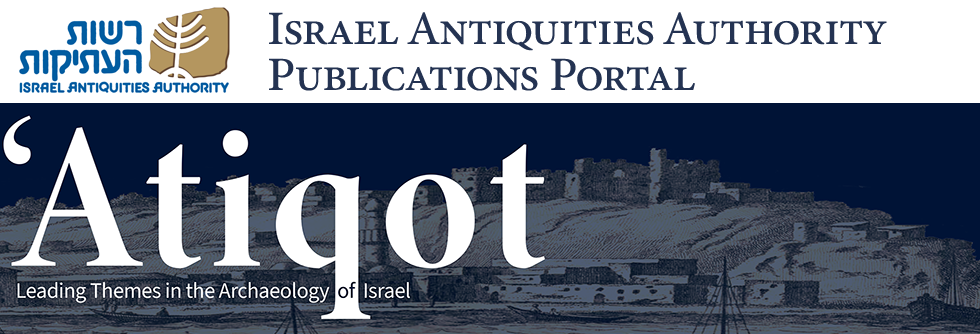Abstract
Excavations at Ha-Gosherim yielded a rich and unique assemblage of artistic objects from the beginning of the Early Chalcolithic period (fifth millennium BCE): twenty-two stone stamp-seals and two bone female figurines. Made of local stone, most of the seals appear to have been manufactured on-site; however, a few seals were apparently made of chlorite and seem to have been brought to the site as finished artifacts. The designs on the seals vary and comprise geometric patterns alongside faunal and floral motifs, and even human faces or masks. This large assemblage of seals attests to the strong ties the Ha-Gosherim settlement maintained with Syria and northern Mesopotamia. This assemblage is of great importance, as human figurines from the early part of the Chalcolithic period are extremely rare in Israel.
Keywords
Halaf culture, art, glyptics, symbolic iconography
Recommended Citation
Getzov, Nimrod
(2011)
"Seals and Figurines from the Beginning of the Early Chalcolithic Period at Ha-Gosherim (Hebrew, pp. 1–26; English summary, pp. 81*–83*),"
'Atiqot: Vol. 67, Article 2.
DOI: https://doi.org/10.70967/2948-040X.1425
Available at:
https://publications.iaa.org.il/atiqot/vol67/iss1/2
Included in
Agriculture Commons, Biblical Studies Commons, History of Art, Architecture, and Archaeology Commons

